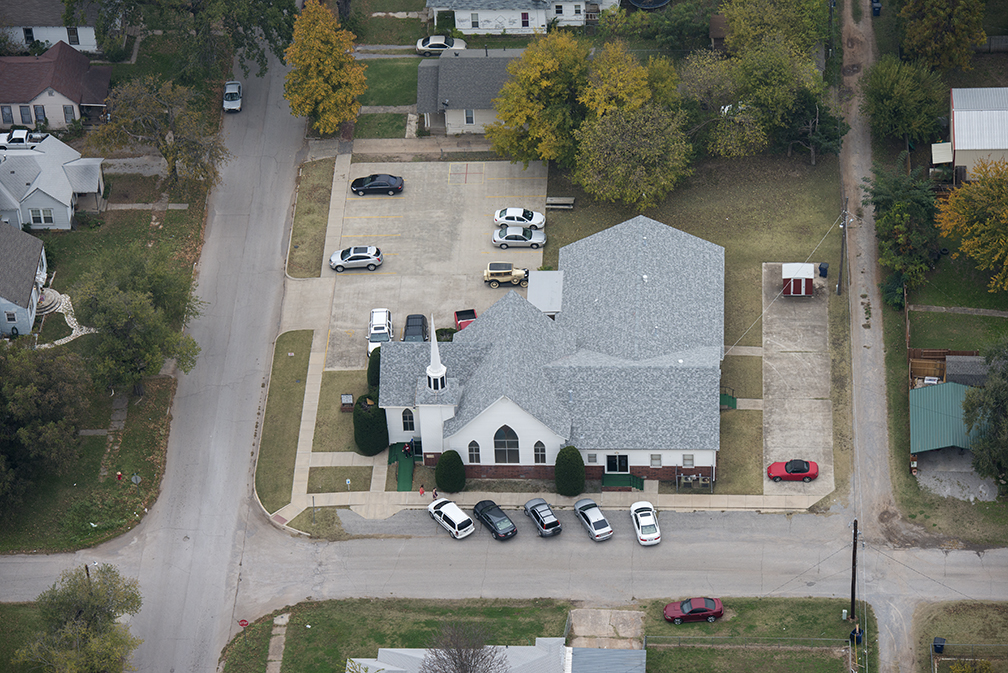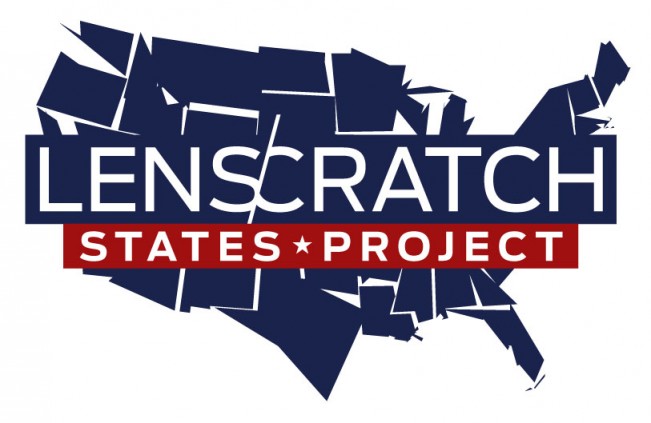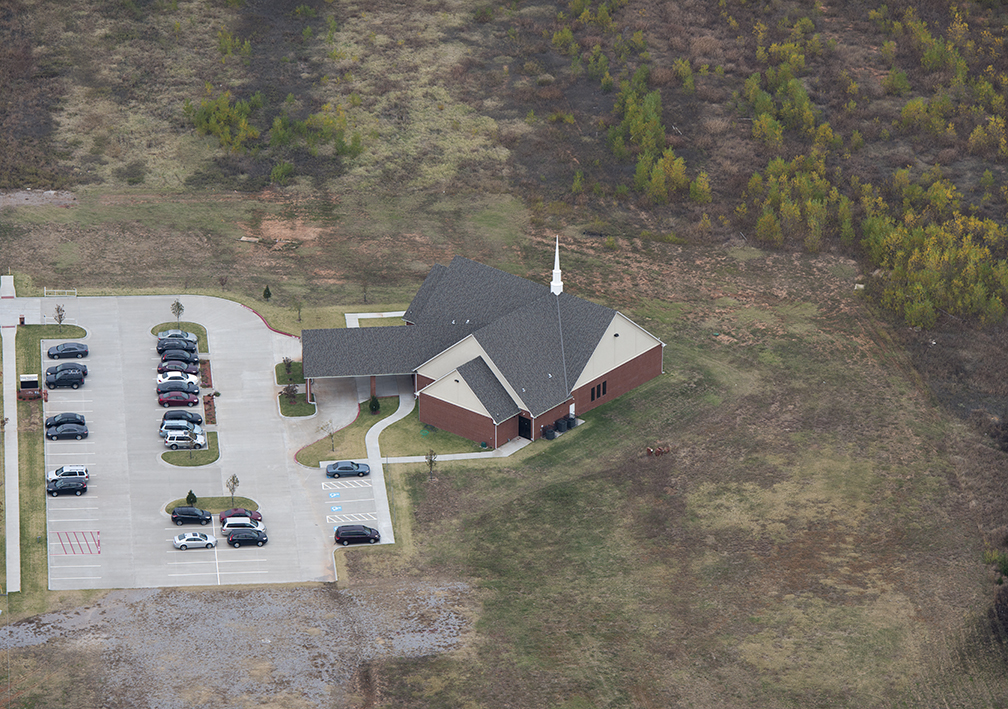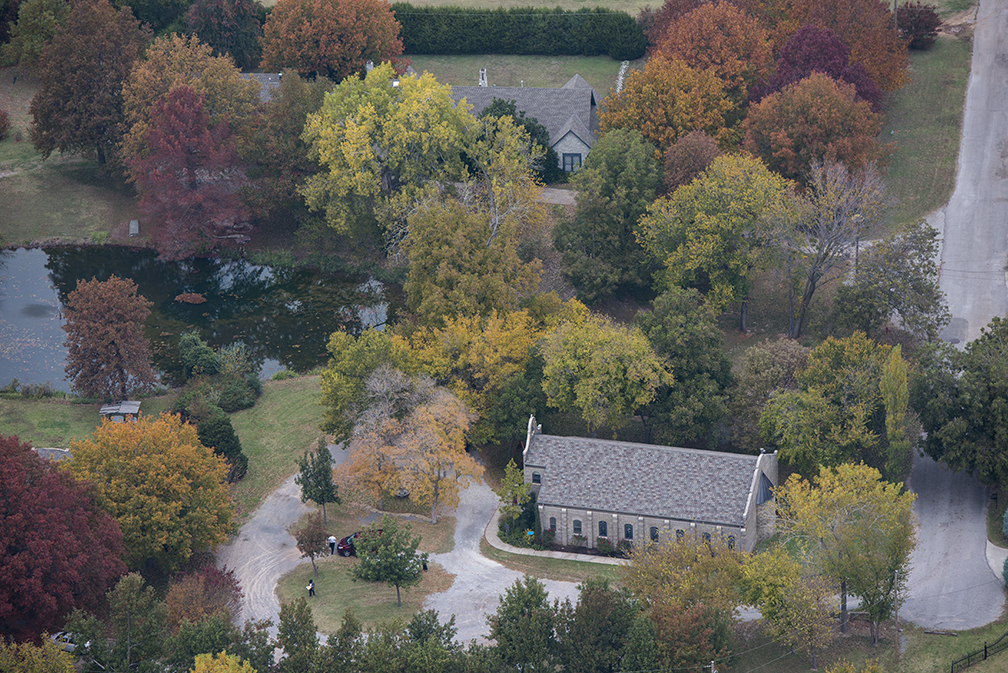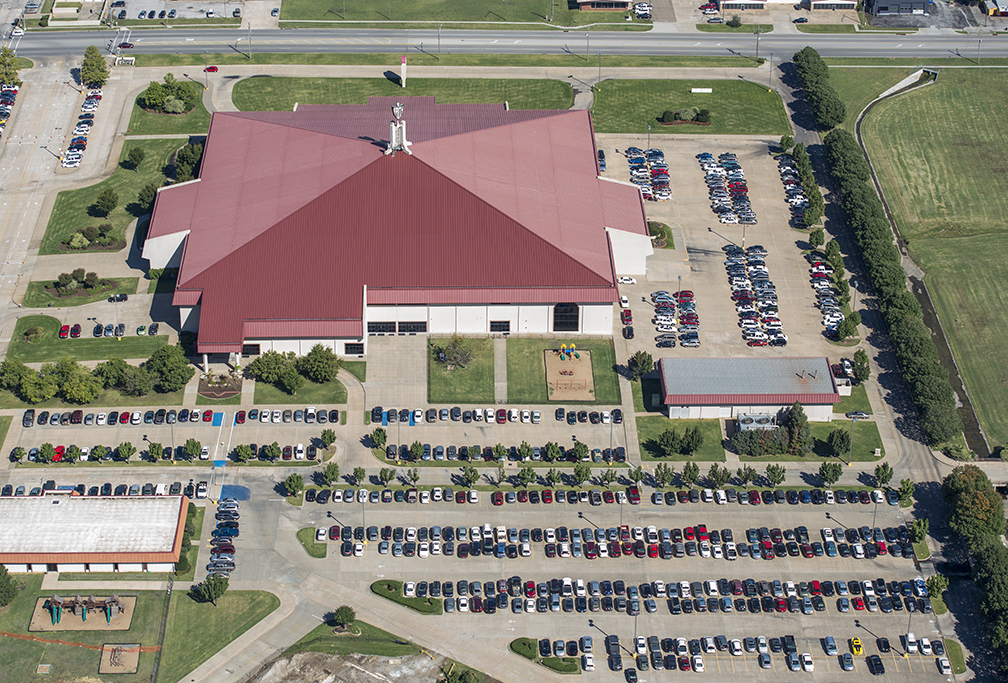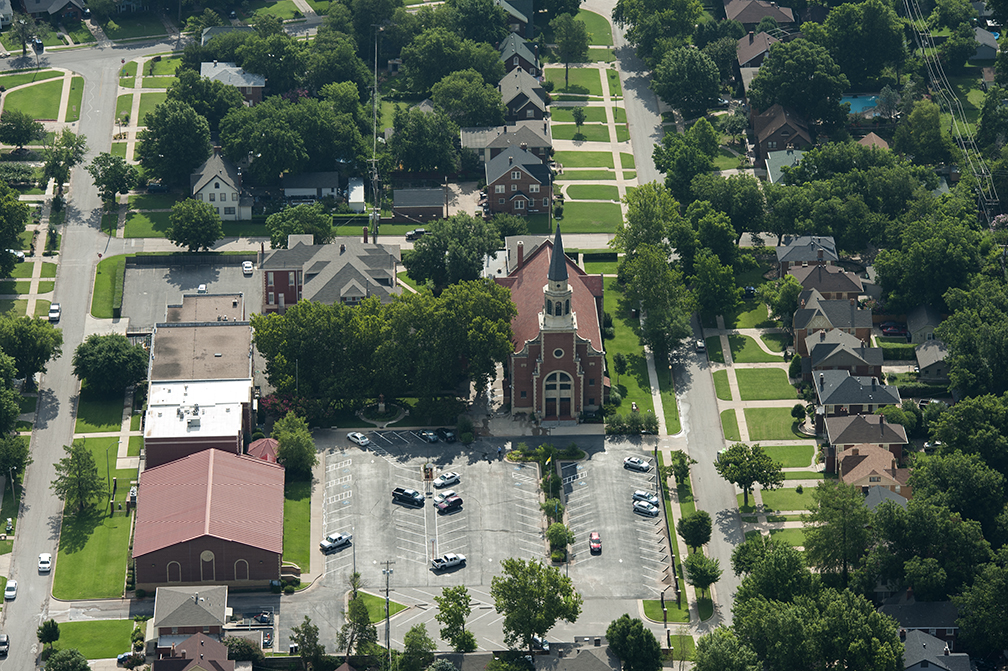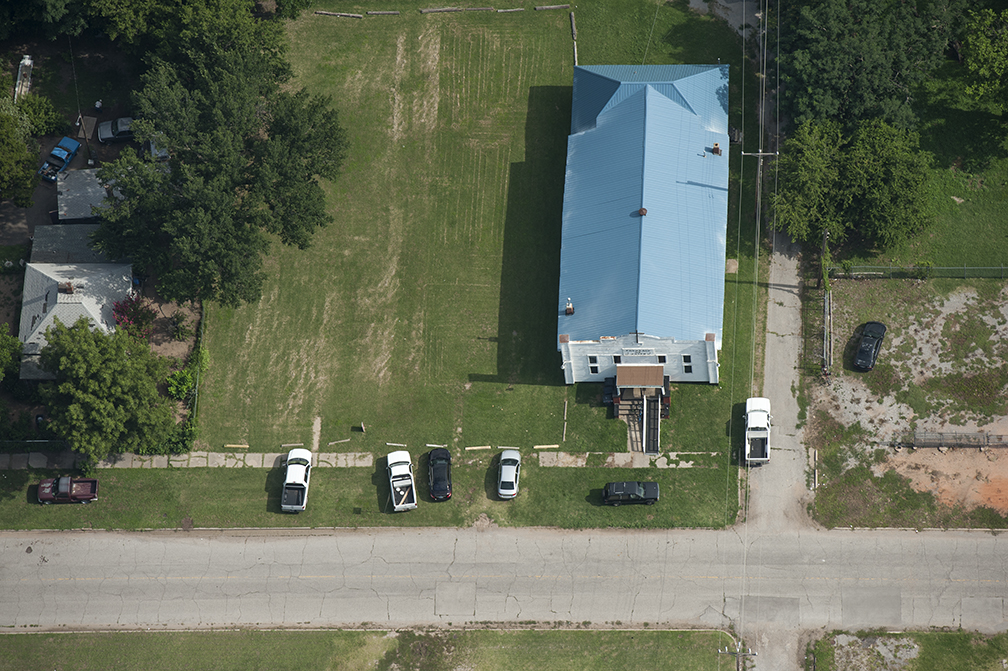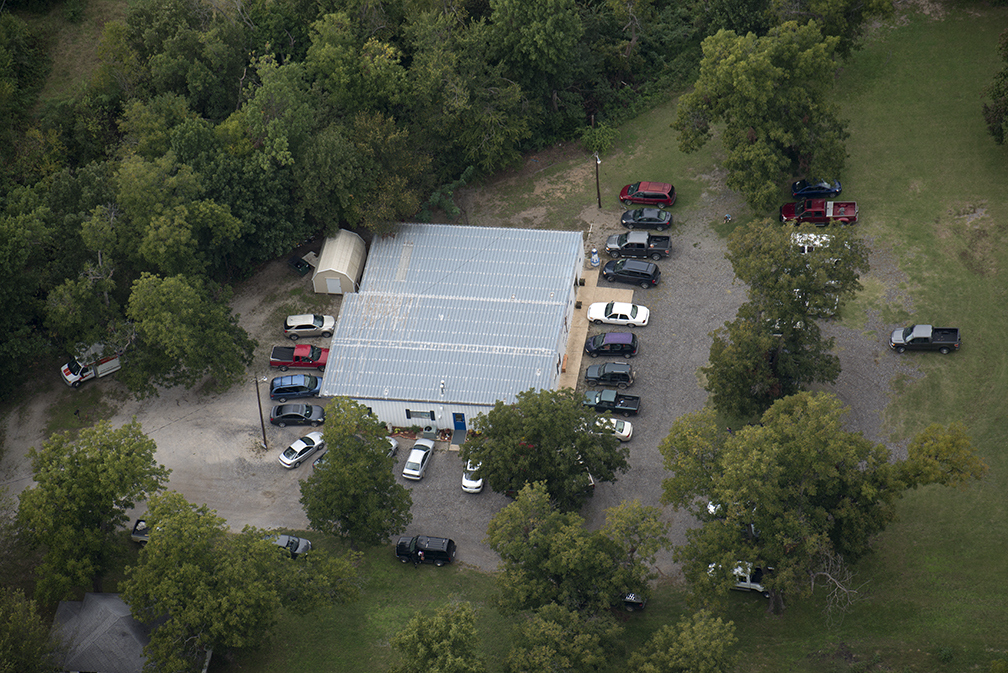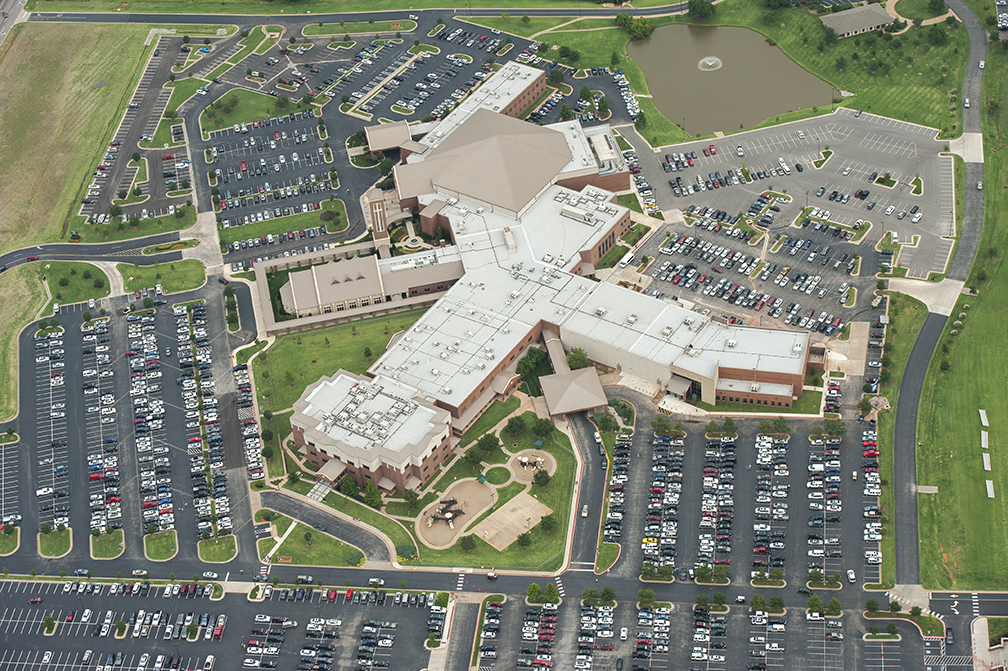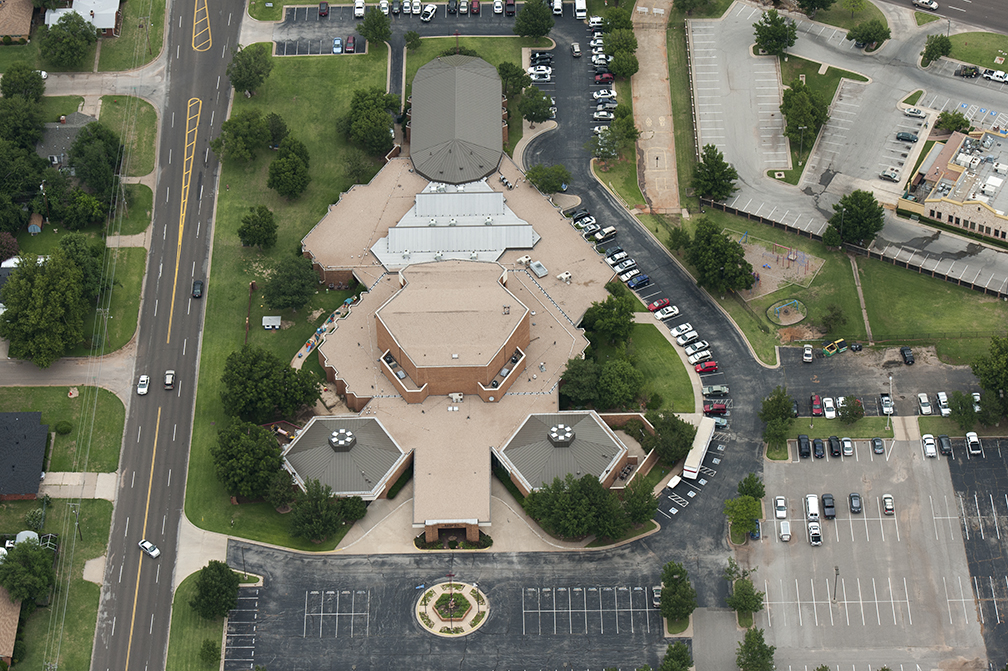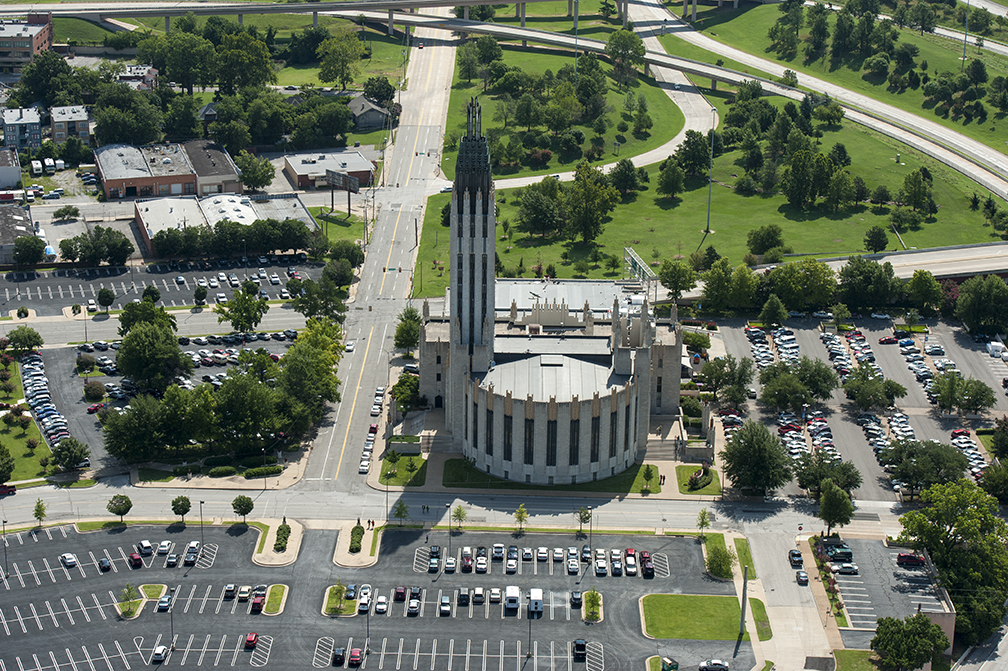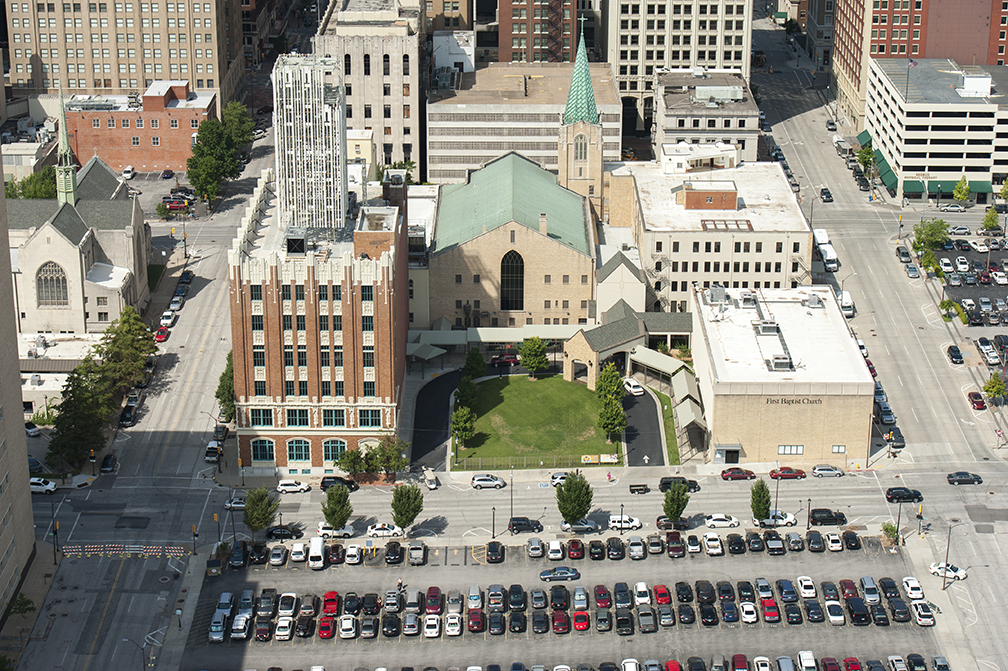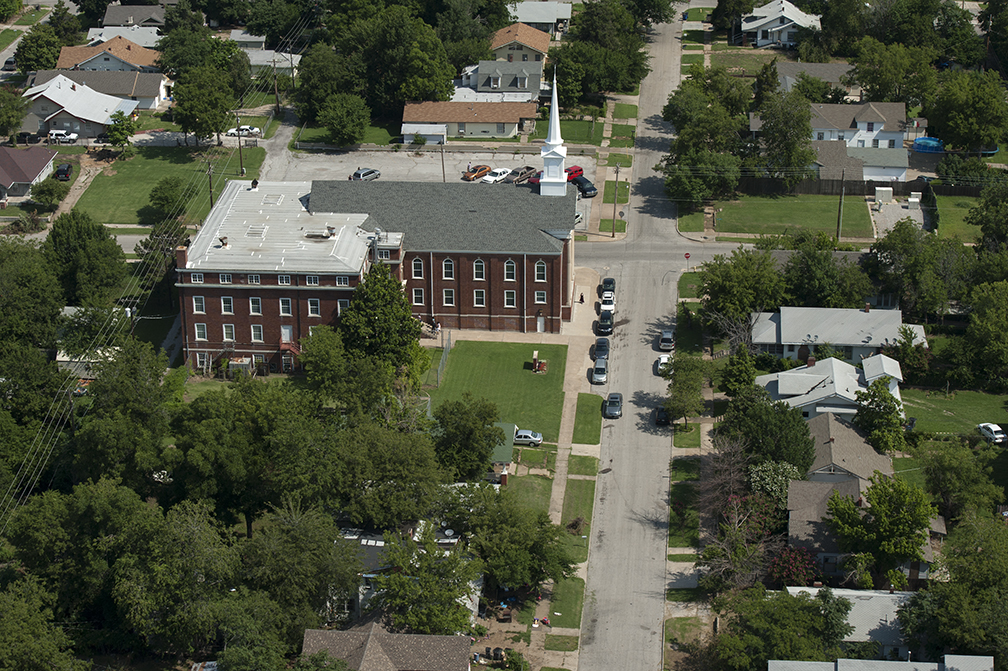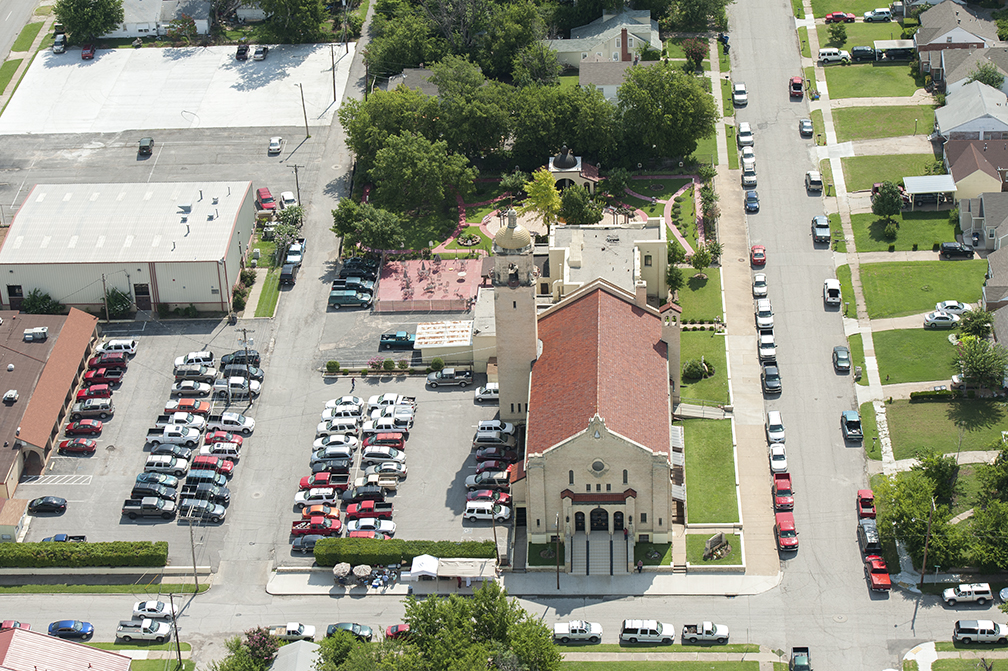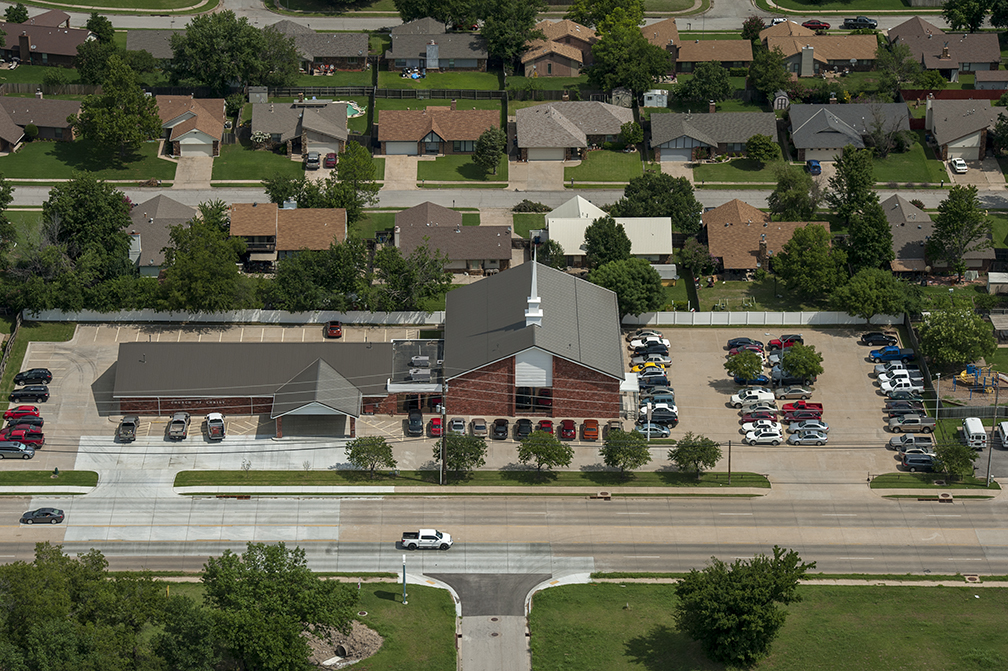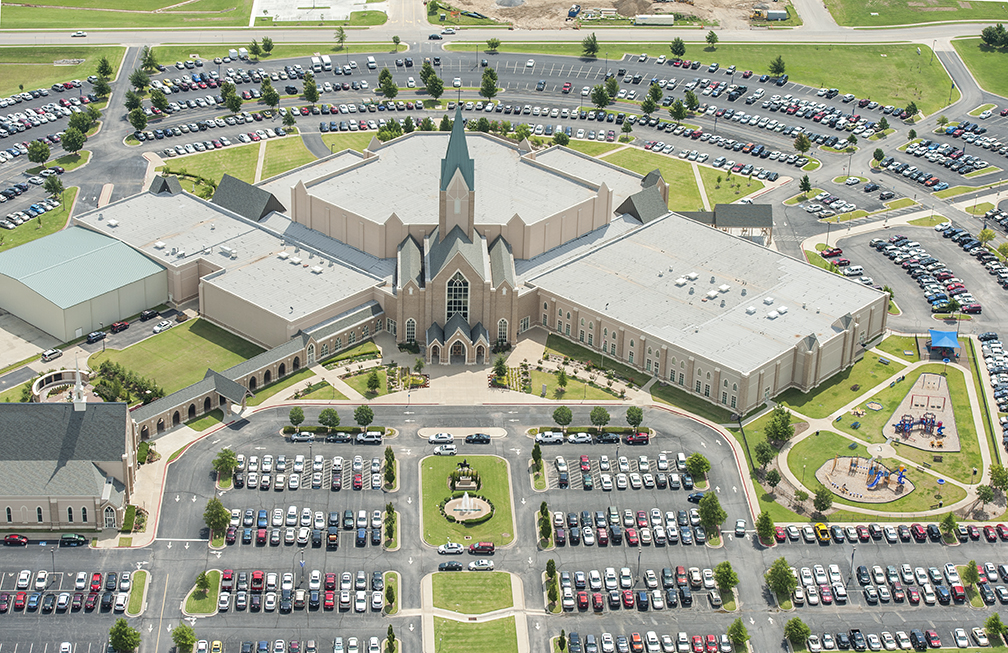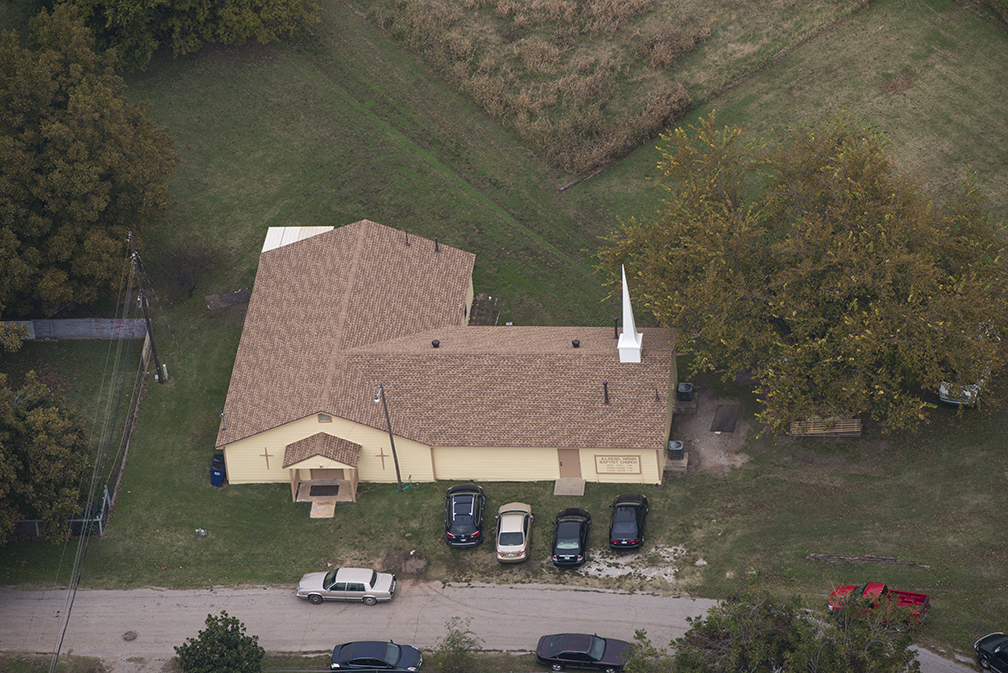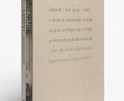The States Project: Oklahoma: Eyakem Gulilat
I first encountered Eyakem Gulilat’s work, the “11:00 am” project when I moved to Tulsa, Oklahoma in 2014. He was awarded a year-long OVAC 365 fellowship by the Oklahoma Visual Arts Coalition the year before to create this project. I still remember visit the Hardesty Center for the Arts & Humanities and was mesmerized by this project. We finally met during a panel discussion at Philbrook Downtown museum in 2017. Even though, we don’t have much opportunities to get acquainted, I feel “the Oklahoma States Project” really helps us to build up a mutual understanding of migrants, who are photographers and make work in and about Oklahoma.
Originally from Ethiopia, Eyakem Gulilat’s work is rooted in a quest for belonging. Gulilat focuses on the complexities of cross-cultural encounter, perceptions of time, memory, and place. His photography questions the differences between subject and photographer; the borders that distinguish us from one another; and the ways our perceptions shift when we view each other through the camera’s lens. In addition, he uses photography to study place-making practices of marginalized communities in America.
Gulilat obtained a BA from Abilene Christian University and MFA from the University of Oklahoma, where he is currently finishing a PhD program in city planning. He was selected as an artist in residence at Light Work in Syracuse, New York; the Center for Photography in Woodstock, New York; Newspace Center for Photography in Portland, Oregon; and at Hardesty Art Center in Tulsa, Oklahoma.
Gulilat has won several awards including the 2012 National Endowment for the Arts Grant in collaboration with the Arts and Humanities Council of Tulsa; the Oklahoma Visual Arts Fellowship; and the National Photography Fellowship Competition at Midwest Center for Photography. Gulilat was selected as a participant in State of the Art: Discovering American Art Now curated by Crystal Bridges. His photography work has been exhibited throughout the U.S and has been acquired for public and private collections.
11:00 am is an aerial photographic documentation of church services in Oklahoma City, Tulsa, and the surrounding towns on Sunday mornings between the hour of 10:30 and 11:30 a.m. From ground level steeples intend to carry one’s gaze towards the heavens. Similarly, religious worship has been depicted as hands raised or eyes looking towards the sky. The aerial view, however, allows me to see all churches on an equal plane while looking back towards the gaze of the faithful. As we look back, what do these church buildings tell us about ourselves? What is the relationship between these monuments and the surrounding neighborhoods? What patterns begin to occur and what shifts across time are evident?
Anh-Thuy Nguyen: Would you share with us what embarked you on this project?
Eyakem Gulilat: I grew up in Ethiopia, a communist country, and my dad is a Protestant pastor. Protestant was not allowed in that country at all, because the government associated that religion is going against the government. When I came to America, Oklahoma, I saw so many types of churches for church goers: Baptist church, Churches of Christ, Methodist Church, etc. I recognize how these churches are divided by races as well, there are black churches, white churches, Korean churches, Vietnamese churches, etc. I wonder what it says about the religion itself, especially in America. I remember a saying by Dr. Luther King Jr. “It is appalling that the most segregated hour of Christian America is eleven o’clock on Sunday morning.” So that is why I start this project.
ATN: That being said, do you follow a religion, do you go to church every Sunday?
EG: I do, I go to church myself, to find my own place to worship, I also want to understand how churches function in Oklahoma City, how those lay out were designed within its city planning. This project ushers me to go on to a PhD program in City Planning, trying to understand this.
ATN: Wow, that is such a commitment you have. In “11:00 am”, there is such a strong sense of order-ness from the aerial view, as if you were the one arranged them. How did you compose, choose your process of working for those images?
EG: Because I feel as an outsider, the aerial view makes perfect sense. It also shows my idea of returning the gaze to the church goers, who always look up. We are all familiar to how the churches have been built through centuries, the beautiful glass-window with biblical stories illuminated by the light shining through, etc. For me, having a view from the top down is a judgement point of view. To obtain this view, I rented small aircraft, which by law, it could not fly below 15000 feet. One time I rented a helicopter, and it could get down to 500 feet, that is why some of the images, you see people look up and point toward us. As I photographed, I became more interested in the adjacent areas of the churches. When I install, I arrange my images to assure all the roads leading together, to connect to other churches, indicating the humanity of the work. All roads lead to Rome, you know, it totally adds values to this work.
ATN: To me, this aerial view separates the emotional connection between me and the subject matters. What types of responses you wish your viewers to have while or after viewing this work?
EG: This work is intended for people who lives in Oklahoma. I want them to see how we have changed the typography of a place, when we only use the church 1 time a week. Where is the sustainability in our action? We come together to make this building for non-profit purposes, don’t you think it says so much about us. I am making this work, wanting to know and the viewers to ponder what God looks like in a small church, a big church or a mega church. I want viewers to see their own patterns of visualizing their respect, to challenge them to see their view of church.
ATN: How did this work perceive in Oklahoma?
EG: A lot of the viewers recognized their churches, and that was all they saw. They gathered in front of the representation of their church and admired it.
ATN: For me, you introduce and depict a different type of landscape in Oklahoma. The social landscape which influences, shapes, and defines our ways of being. I feel those churches are the product of our belief, the place, and only place we can communicate to Gods and find salvation. As a believer, what do you think?
EG: Personally, I feel more connected to people, not to a constructed space, especially not the way how those contemporary and mega churches are built. Walking into those churches, the bright light, the walls, the size reminds me of a trip to Walmarts. The music, the lightshow makes those churches applicable to a contemporary society, but it is almost a trip to a concert. My spirit cannot be awakened. I understand we go to church to connect to people who share the same beliefs and look like us, that is why there are Black churches for Black people, and Korean churches for Korean people, etc. Yet, I am frustrated with that idea as well, the idea that church is a packet, a subculture, and so cultural. I wonder how much of church is a culture outlet or ritual connections. For me, I am in touch with God when I am in Nature, when I am meditating, when I visit the older churches, and being awed by its artisan.
Church in Oklahoma has a huge role in Oklahoman lives, the power it holds on its people reveals through politics, social thinking, and decisions making. I make “11:00 am” project to raise a question of how the divided in churches say about its own religion.
Posts on Lenscratch may not be reproduced without the permission of the Lenscratch staff and the photographer.
Recommended
-
Aaron Rothman: The SierraDecember 18th, 2025
-
Photographers on Photographers: Congyu Liu in Conversation with Vân-Nhi NguyễnDecember 8th, 2025
-
Linda Foard Roberts: LamentNovember 25th, 2025
-
Arnold Newman Prize: C. Rose Smith: Scenes of Self: Redressing PatriarchyNovember 24th, 2025
-
Spotlight on the Photographic Arts Council Los AngelesNovember 23rd, 2025

